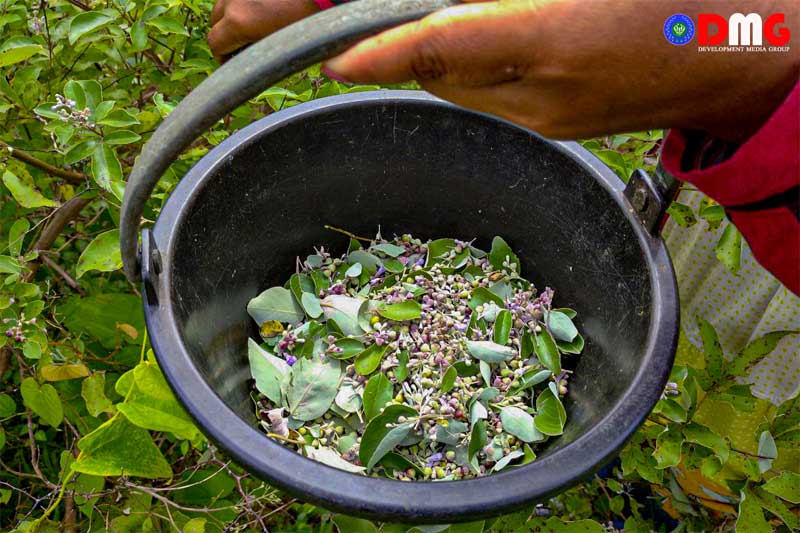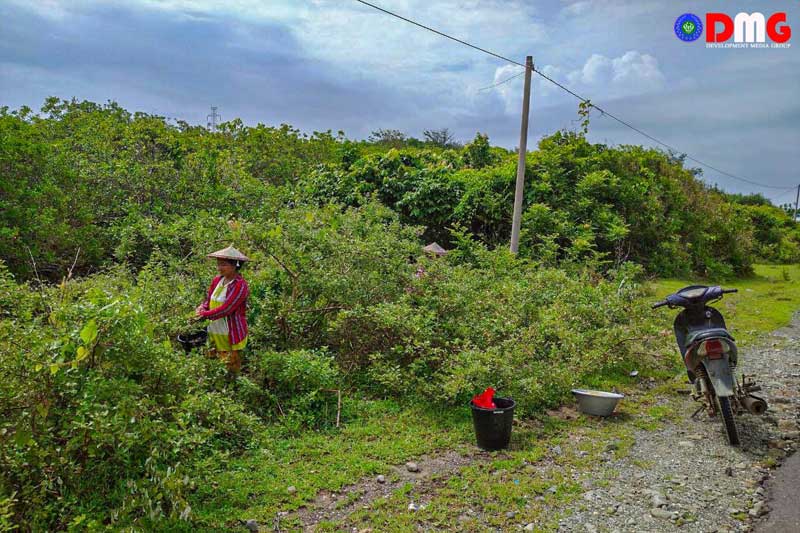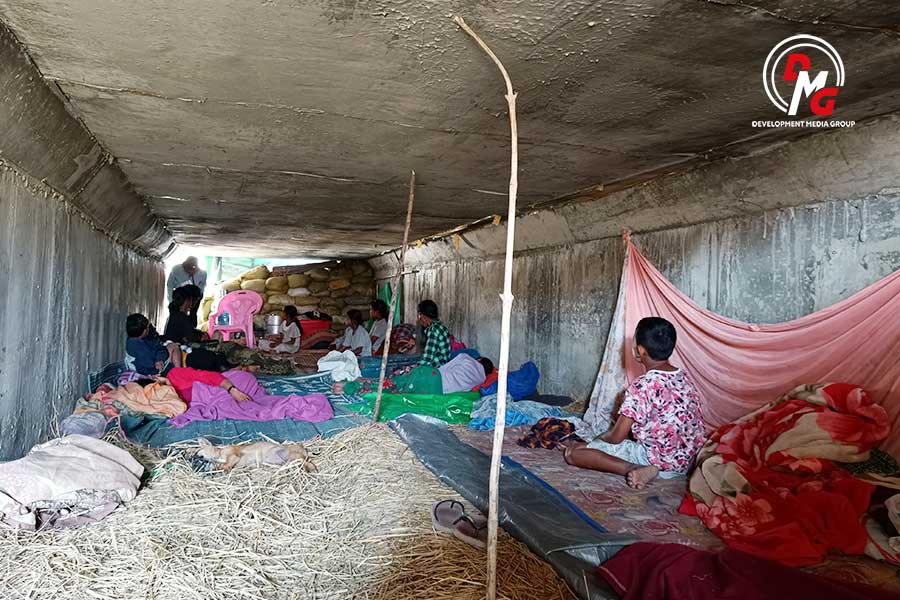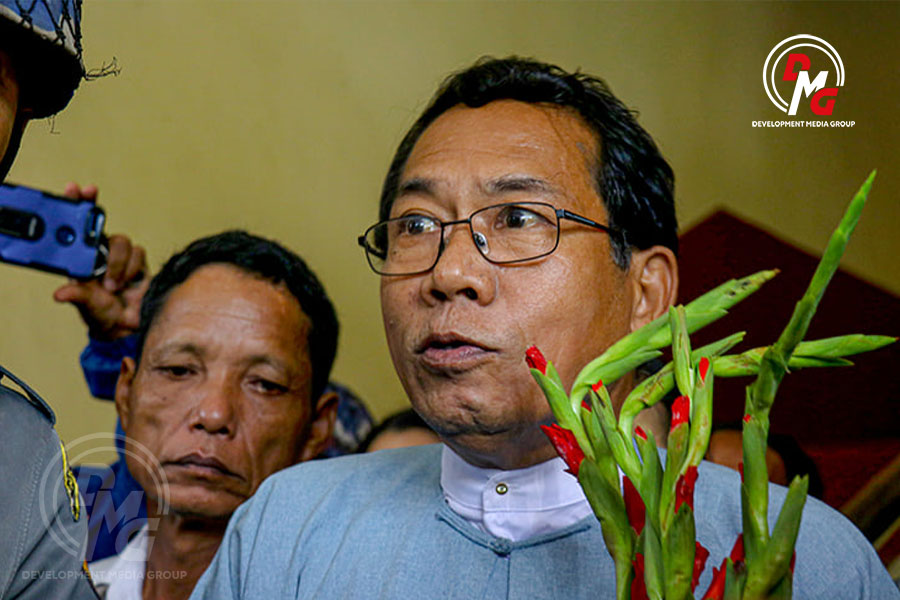- 2025 Review of Arakan State
- Manaung residents hit hard by junta blockade
- How the Arakan Army Can Engage the Yunus Government Amid Myanmar's Election Push, Border Pressures, and a Deepening Arakan Crisis
- Thandwe civilians sleep in bomb shelters amid junta air attacks
- Nearly 900 civilians killed or injured in Arakan State over one year: DMG tally
Sales of Indian wild pepper fruits a rare bright spot for local Arakan economy
“Around 200 people sell Indian wild pepper fruits to me. It is not known how Indian wild pepper fruits are used in China, but it is known that the fruit is used as a medicine for liver disease,”
21 Jul 2023

DMG Newsroom
21 July 2023, Kyaukphyu
Some locals in Arakan State earn income from selling Indian wild pepper fruits as China is buying the herbal fruits at a good price, which is used to prevent pests during paddy storage in Arakan State.
One viss of Indian wild pepper fruits, which is also known as Sun Pan Thee in Arakan State, fetches K6,000 and many locals earn income from picking and selling the herbal fruits, said U Tun Tun, a fruit merchant in Minpyin Village, part of Arakan State’s Kyaukphyu Township.
“Around 200 people sell Indian wild pepper fruits to me. It is not known how Indian wild pepper fruits are used in China, but it is known that the fruit is used as a medicine for liver disease,” he added.
Indian wild pepper fruits are bought at fruit sales centres in Arakan State’s Kyaukphyu, Ramree, Taungup, Ann, Thandwe, Gwa, Buthidaung and Maungdaw townships, and they are reportedly exported to China via Mandalay.
Indian wild pepper fruits are used in Arakan State to protect paddy from insect infestations.
“Indian wild pepper fruits are fetching good prices on high demand from China this year; many locals pick and sell the fruits,” said Daw Nu Nu Khin, a local woman from Minpyin Village.

China has been buying Indian wild pepper fruits for about six years and the average price has increased from 3,000 kyats per viss last year to 6,000 kyats now. Indian wild pepper fruit pickers earn anywhere from K10,000 to K20,000 daily.
There are also commercial growers of these Indian wild pepper plants due to the high demand from China and market expansion.
“There may be a shortage of Indian wild pepper plants in the coming years, so we are encouraging the fruit pickers to transplant and sell them,” said U Thein Aung, a fruit dealer from Ann Township.
Indian wild pepper plants usually bloom for 12 seasons, and if planted by grafting, the fruit can be picked within one year, making it scaleable for growing commercially.
Indian wild pepper plants grow naturally in townships such as Kyaukphyu, Ramree, Thandwe, Gwa, Myebon, Buthidaung and Maungdaw.

















